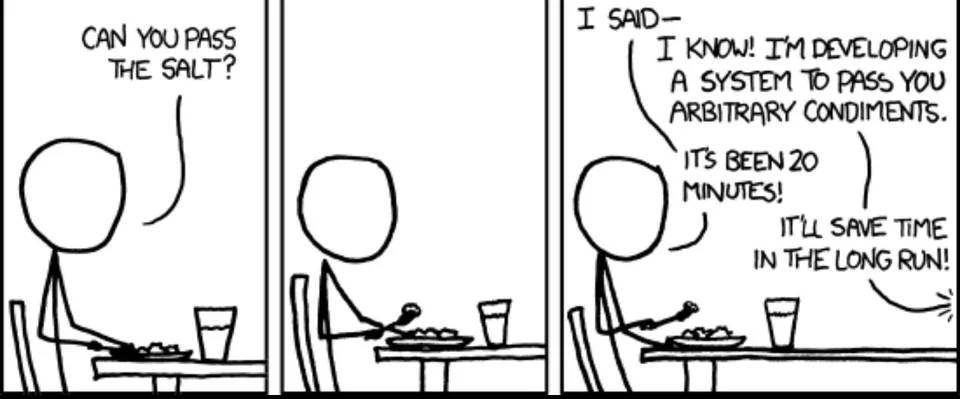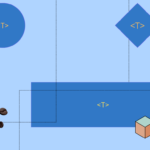How often do you think of designing your application to be one of the best? Some thing that no one has done, or in such a way that no one has imagined. In the realm of software development and system architecture, complexity is a beast we all battle. “Scalability Rules” by Abbott and Fisher offers a treasure trove of principles to tame this beast, especially emphasizing the importance of simplicity in Rule 1: Don’t Overengineer the Solution. This blog post distills the essence of this rule, serving as a guide for software engineers to navigate the pitfalls of overengineering in software design.
The Essence of Rule 1
At its core, Rule 1 advises against crafting overly complex solutions. It’s a reminder that simplicity should be a cornerstone of design, particularly in large or intricate projects. The principle is straightforward: complex solutions are not only costly to implement but also to maintain, ultimately hindering scalability.
Why Simplicity Matters
Overengineering in software design can manifest in two main ways: creating something beyond useful requirements and making systems unnecessarily complicated. Both forms can inflate costs, delay projects, and reduce scalability. A simple system, in contrast, is easier and more cost-effective to maintain and scale.

Credit: Reddit
Avoiding Excessive Complexity
Consider the development of a feature that far exceeds the practical needs of your users or the construction of a system so intricate that even seasoned engineers struggle to understand it. These scenarios exemplify overengineering. An example closer to home might be implementing a data processing system that handles scenarios you realistically will never encounter. It’s like preparing a feast for 100 when you’re only hosting a dinner for four.
Practical Steps to Embrace Simplicity
- Test with Simplicity in Mind: Before finalizing a design, evaluate its complexity. Can a new team member understand it without a lengthy explanation? If not, it’s time to simplify.
- Iterative Reduction: Break down complex problems into smaller, manageable pieces. Tackle each piece one at a time, integrating solutions that address specific needs without adding unnecessary weight.
- Seek Feedback: Present your solutions to peers of varying experience levels. If everyone can grasp the concept and explain it further, you’ve achieved simplicity.
Common Pitfalls and How to Avoid Them
- Overestimating Needs: Designing a system with capabilities far beyond what’s necessary is a common trap. Always align your solution with realistic requirements.
- Complex Code for Complexity’s Sake: Writing overly complex code might showcase technical prowess but fails to contribute to team productivity or system scalability. Aim for clear, understandable code.
Conclusion
Simplicity in system design and implementation is not just a goal; it’s a necessity for scalability. By adhering to Rule 1 from “Scalability Rules,” software engineers can create systems that are not only efficient and maintainable but also primed for growth. As I am currently reading the book and exploring these 50 principles for scaling web application, the first one to remember is that the best solutions are often the simplest ones.
Credits to “Scalability Rules” by Abbott and Fisher for insights and principles discussed in this post.

